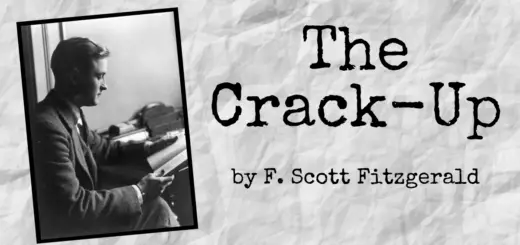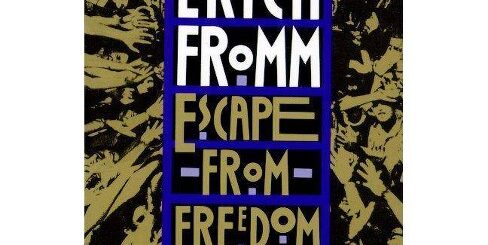The Mists of Avalon by Marion Zimmer Bradley
Camelot is forever, a myth that transcends centuries of storytelling, from Sir Thomas Malory’s 14th century classic, Le Morte d’Arthur, on through the ages, passed down to us in modern times in music and fiction, from Lerner and Lowe’s Camelot to such books as T.H. White’s 1958 bestseller, The Once and Future King, and Mary Stewart’s Merlin trilogy from the 1970s: The Crystal Cave, The Hollow Hills, and The Last Enchantment.
What is it about King Arthur and his Round Table that excites our imagination? Everything! This a tale of a lost world with enough love and betrayal and adventure for an endless succession of generations to enjoy and interpret according to the mores of their time. Personally, I’ve read my share of Arthur – I especially gobbled up Mary Stewart’s trilogy – but I only just got to Marion Zimmer Bradley’s The Mists of Avalon, which cleverly takes the women’s point of view, what Morgaine le Fay and the beautiful Guinevere (Bradley calls her “Gwynhefar”) were doing while Arthur and the boys were out fighting dragons.
The Mists of Avalon was published in 1982, resonated with the feminism of the time, and now has found a new audience with New Agers, women who worship a deity they generally refer to only as “the Goddess” – a good deal of the novel is about the demise of this “Goddess”, and the pre-Christian matriarchal religion that existed in Britain in Druid times. Frankly, I think it was the specter of pseudo-mystical self-seriousness that kept me from the book for a number of years, but when I finally picked it up, like thousands of readers before me, I couldn’t put it down. As always, the story of Arthur and his doomed, beautiful world has timeless interest, no matter from whose point of view it is told.
There’s more than a bit of magic in The Mists of Avalon.
The main female characters have the gift of being able to see people and events at a far distance, and can travel ethereally to visit other characters in their dreams, all with a great deal of heated-up prose that is often in italics. This is not quite my thing; nor the fact that the novel is 876 pages long and would have benefited greatly from about 100 of these pages cut; nor the additional fact that there is a great deal of soap opera involved, who loves who in somewhat tedious detail: Lancelot, “Gwynhefar”, Arthur, and Morgaine caught in a breast-beating, romantic tangle. Yet Marion Zimmer Bradley somehow overcomes the books many defects with sheer narrative drive and her own passionate interest in the tale.
There’s a sadness to The Mists of Avalon. We watch an old world literally slip away, a world of magic and women’s ways, a pagan matriarchy that is forcibly replaced by the new male-dominated Christianity. Yet the book ends on a note of reconciliation as Morgaine Le Fay has one of her over-wrought visions of the future in italics: that “the Goddess” isn’t really gone after all, but only transformed into the new Christian “Mary.”
There’s a recent made-for-cable movie of The Mists of Avalon, but the book is much better. Perfect reading if you’re in the mood for a misty escape from the modern world.
- National Epilepsy Day 2023:Common Signs And Symptoms - November 17, 2023
- Top 10 Cosmetic Packaging Designers in the USA - April 12, 2023
- Luxury Website Designers: The Ultimate Guide to Creating a High-End Website - April 10, 2023


